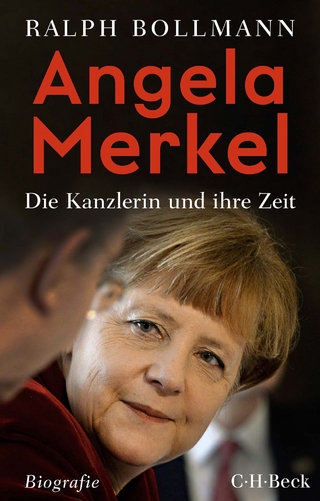
Barcelona and Madrid
Bucknell University Press (Verlag)
978-1-61148-424-3 (ISBN)
For hundreds of years, Barcelona and Madrid have shared a deep rivalry. Throughout history, they have competed in practically every aspect of social life, sport, politics, and culture. While competition between cities is commonplace in many nations around the world, in the case of Barcelona and Madrid it has been, on occasion, excessively antagonistic. Over time they have each tried to demonstrate that one was more modern than the other, or more avant-garde, or richer, or more athletic, and so on. Fortunately, the Spain of today is a democracy and every nation and region of the State has the liberty to act. As such, the rivalry between these two capitals has become productive not only for the cities themselves, but also for Spain as a whole. One hundred years ago, at the onset of the Historical Avant-Garde in Spain, the connections between Barcelona and Madrid consisted of a complicated web of politics, friendships, publications, and inter-art collaborations. Over the last century, the antagonistic relationship between these two cultural capitals has been dismissed as simply a fact of life and thereby scholars, for the most part, have focused only on Barcelona or Madrid when addressing this cultural moment. By delving deep into the myriad of cultural and political complexities that surround these two cities from the onset of Futurism (1909) to the arrival of Surrealism in Spain (1929), a complex social and cultural network is revealed. Networking between artists, poets, journalists and thinkers connected avant-garde Barcelona and Madrid, thereby creating synergy for this artistic and literary movement. In a hybrid, transdisciplarian, translingual and historical approach using a wide range of visual and textual artifacts, the complexity of interactions described here opens our imagination to new ways of thinking about culture.
Aránzazu Ascunce Arenas is assistant professor of Spanish at the University of Hawaii.
List of Illustrations
Acknowledgments
Introduction
Chapter 1: Introduction to the Avant-Garde
Chapter 2: The Avant-Garde as Network
Introduction to Network Studies
Other Considerations and Critical Nodes
Chapter 3: The Crisis of Modernity
The Modernization of Spain and The Rebirth of Catalan Culture
The Perpetuation of Violence at the Birth of a New Century
The Avant-Garde Revolution
Chapter 4: One Hundred Little Magazines
Stage One: Consensus
Stage Two: Revolution
Stage Three: Retreat
Chapter 5: The Art of Seeing. To See and Be Seen in Spain’s Avant-Garde Art Scene
Master Bridge-Builder: Rafael Barradas, the Outsider
Dissonances and Resonances of Avant-Garde Art in Spain Prior and During World War I
The Iberians: The First Major Modern Art Show in Madrid, but without the Catalans
The Last Modern Art Show of the Decade in Madrid and the Yellow Manifesto
Chapter 6: The Quixotic Quest of Ernesto Giménez Caballero
Before La Gaceta Literaria
Negotiating a New Iberian Identity
After the Dictatorship
Conclusion
Appendixes
Chronology
Bibliography
| Verlagsort | Cranbury |
|---|---|
| Sprache | englisch |
| Maße | 162 x 240 mm |
| Gewicht | 585 g |
| Themenwelt | Geisteswissenschaften ► Geschichte ► Regional- / Ländergeschichte |
| Sozialwissenschaften ► Ethnologie ► Volkskunde | |
| Sozialwissenschaften ► Politik / Verwaltung ► Europäische / Internationale Politik | |
| Sozialwissenschaften ► Soziologie | |
| ISBN-10 | 1-61148-424-3 / 1611484243 |
| ISBN-13 | 978-1-61148-424-3 / 9781611484243 |
| Zustand | Neuware |
| Haben Sie eine Frage zum Produkt? |
aus dem Bereich


